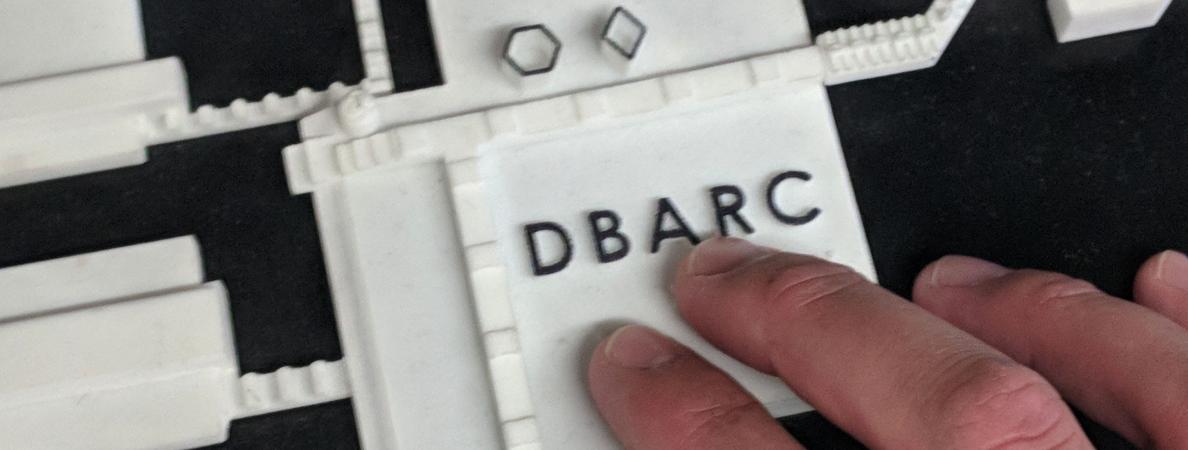
By: Keegan Kozolanka
Stephanie Leech was a student with vision-loss who wanted to help others like her navigate around Mohawk College’s campus. She approached the Additive Manufacturing Innovation Centre (AMIC) to 3D print a tactile map.
A tactile map uses raised surfaces to help guide and give non-textual information to people with vision-loss. AMIC accepted Leech’s idea.
“Maps are commonly used by the Canadian National Institute for the Blind (CNIB) to teach students routes,” said Donna Boyce – Community Resources Support Officer with Mohawk’s Accessible Learning Services Division. “They are not as elaborate as [Mohawk College’s] 3D map.” Boyce, who works with students with vision loss, was a consultant on the project due to her work with accessibility at the college.
When designing the map, the team had to print a number of prototypes, according to Paul Dang, an AMIC student researcher.
“Initially we had to design a prototype to see how it would turn out and test it,” Dang said. “We needed feedback from students to provide additional information and a better understanding of how to use the map.” There is still some retooling to be done, he added.
Part of the research involved Boyce and Jeffrey McIsaac, General Manager of AMIC, going to the W. Ross Macdonald School. The school is for students with vision-loss in Brantford, Ont. Boyce and McIsaac asked for feedback based on the prototype they had produced. The students’ response was positive.
The most common feedback was the textures on the map used for hallways. In the current model, the texture of the hallway changes in each wing of the school. A redesigned version will be more like the physical hallways of the school in Brantford.
“At W. Ross Macdonald School, the texture of the floor you are walking on changes when you come to a crossing,” McIsaac said. “The students know they have come to a crossing and know they can turn left or right.”
Boyce said she is happy the AMIC lab is making this project a priority even though the lab has many other projects on the go. McIsaac considers it one of his favourite projects.
“I thought it was a tangible impact, a great use of the technology and something that was going to be meaningful,” McIsaac said.
Boyce emphasized the collaboration of different people and departments at Mohawk. Students with vision-loss, AMIC, Accessible Learning Services, Marketing, Public Affairs and Property Services were all involved in some way.
McIsaac also stressed that this is not his project alone. The project started before he was tenured.
“I just picked up the ball and ran with it.”
Interested in learning more or getting involved? Join us for our 3D Printing in Action Conference on June 26th at Mohawk's Stoney Creek Campus.




